<Back to News Home |
This Summer at Riding Gravel we’ve been playing with the 650B tire and wheel concept as a replacement wheel for your standard 700c based wheel set. The testing has been facilitated by our fine friends at Velocity USA and WTB, who provided the wheels and 650B tire model. The concept promised a wider tire, a better ride quality, and some other benefits that I will point out here in a bit. To get caught up on what has been said so far, I have a list of the posts that have been published in this series. Just click on any title which will open a new tab with the article you’ve chosen.
- Wheel Comparison: 650B vs 700c
- The 650B Test: WTB Horizon 47mm Tire
- The 650B Test: Velocity Aileron Rims
- The 650B Test: Velocity Mountain Convertible Rear Hub
- The 650B Test: Checkpoint
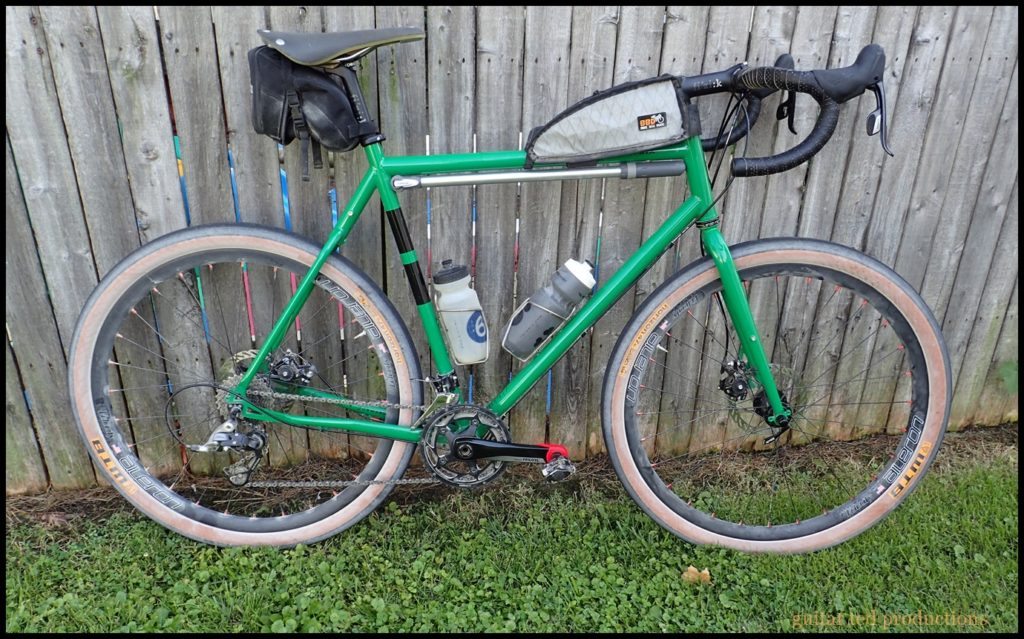
This post will be concerned with the effects of 650B wheels and tires on two 700c based bicycles which I swapped these 650B wheels in to and my final verdict on this concept for gravel road riding. There will be a specific review of the Horizon 47mm tires yet to come where I will give my final verdict on that tire. Look for that in the coming days.
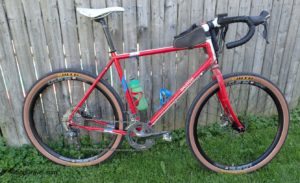
The promise of a better ride quality and more stability from a wider profile tire is definitely a couple of good reasons to try this concept. If your bike has clearances for 40-42mm tires, the swap shouldn’t be impossible to do, but please be aware that the tires I used, the WTB Horizon 47mm, is a true to stated size tire. Careful measuring and consideration before jumping in is advised. Click on that link above for the wheel comparison, which is at the top of the list, for some technical data to help you out here with those questions about fitment.
One thing I wanted to point out here that has not been brought up in my previous posts on this test is how a tire like the Horizon 47mm can give you a bike that is not compromised much on pavement, if at all. The 650B tire idea, when executed in this manner with a mostly file type tread, is an excellent paved road tire. So, if you, like many, find yourself in a position where your rides are divided up into longer paved sections interspersed with dirt road or rough rural tracks, this tire could be your ultimate choice. It is a perfect idea for retaining speed yet having the versatility of going places 28mm and skinnier tires cannot go. The potential for a true, “all roads” set up is really a great benefit of these fat, 650B tires.
At The Finish: This 650B thing has legs, folks, and I expect it to stick around. Take a bike that you have trouble getting something around 40-ish millimeters in to and then try it with a 650B tire and wheel. There you go. Fat, smooth, and a bit more stability. The air pressure ranges you can play with extend lower, and pumped up the tires fly down pavement with little penalty over your skinny road biker friend’s machines. (You have road biking friends, right? ) I found that on gravel it will be critical to get the air pressures right for your particular gravel composition. The looser, deep gravel we have here in Iowa dictates a lower pressure. Lower than say, than a decomposed, harder packed granite, or pea gravel covered road does.
Should you decide on doing a 650B gravel road set up, there are not many tire choices out yet that mimic the gravel styled treads in 700c, but I suspect that will change soon enough. Again, I will say that those who are showing “gravel bikes” with the 650B mtb tires are kind of missing the point here. There is a niche where that maybe makes sense, but from a gravel/all roads/back roads viewpoint, I don’t see the usefulness in that set up. In my opinion, this wheel and tire set up can be the “fatter” road set up and your 700c set up can be your “faster road” set up. Together, you could end up with a bike that covers a lot of ground. Much more versatile than one or the other alone. To my way of thinking, that’s the beauty of the 650B, wide, puffy tire for a gravel road bike.
Note: The component parts of these wheels were sent to Riding Gravel by the various brands/manufacturers for test/review at no charge. We are not being bribed, nor paid, for this review and we will strive to give our honest thoughts and opinions throughout.



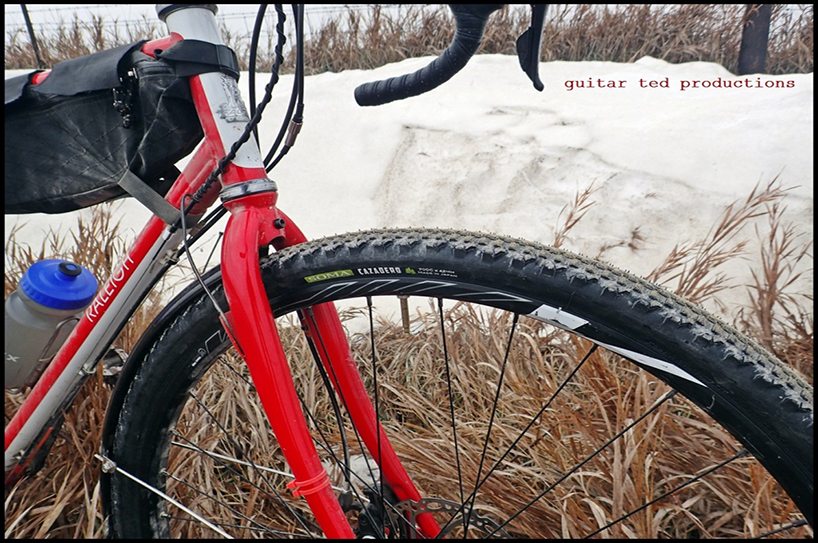
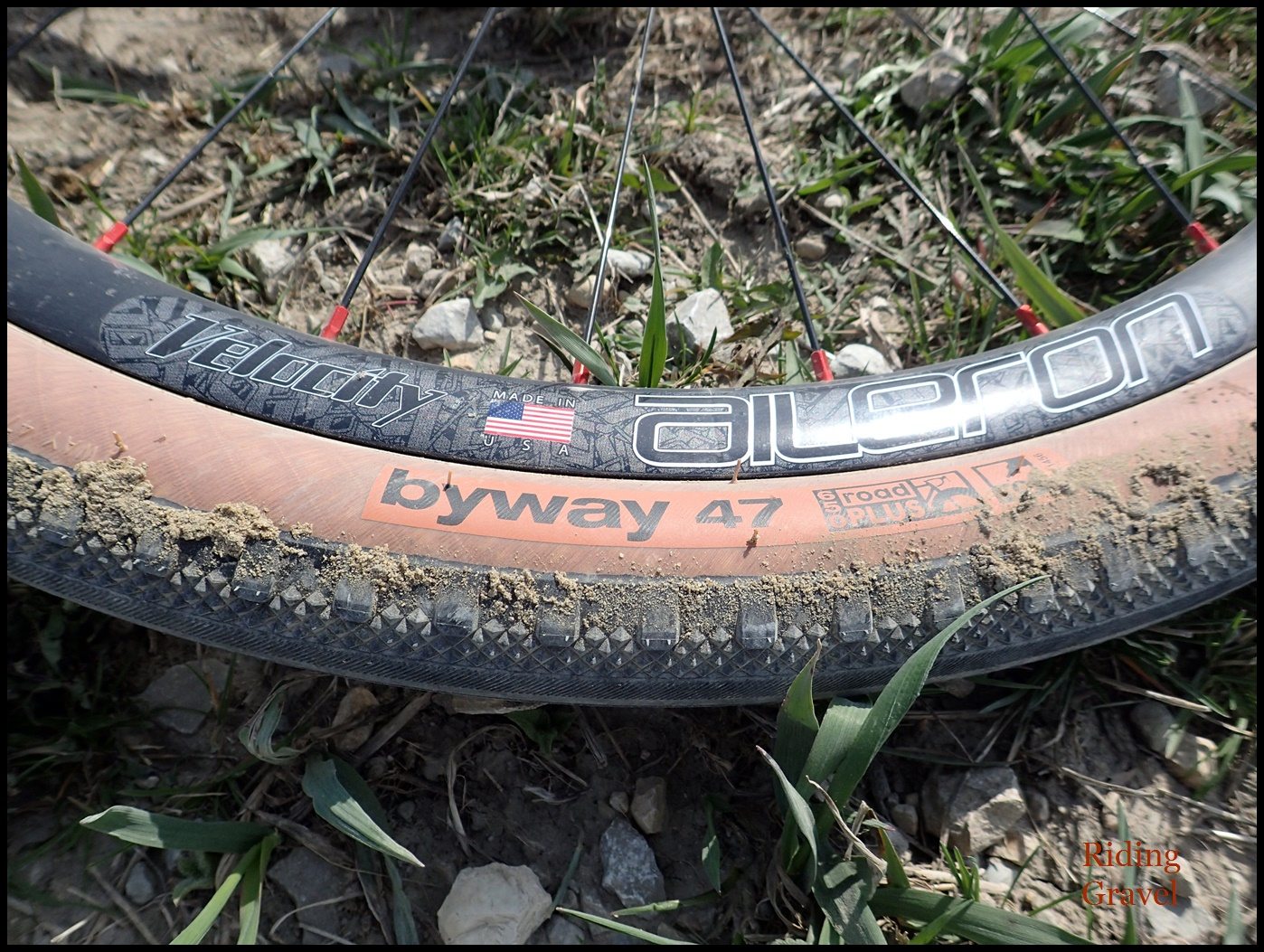
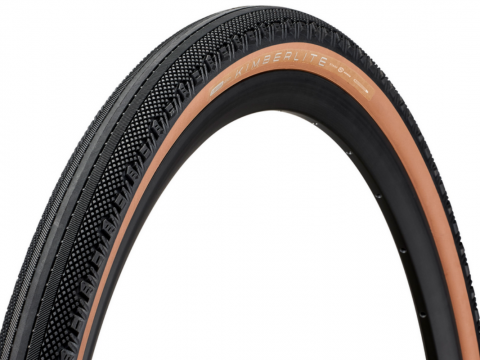
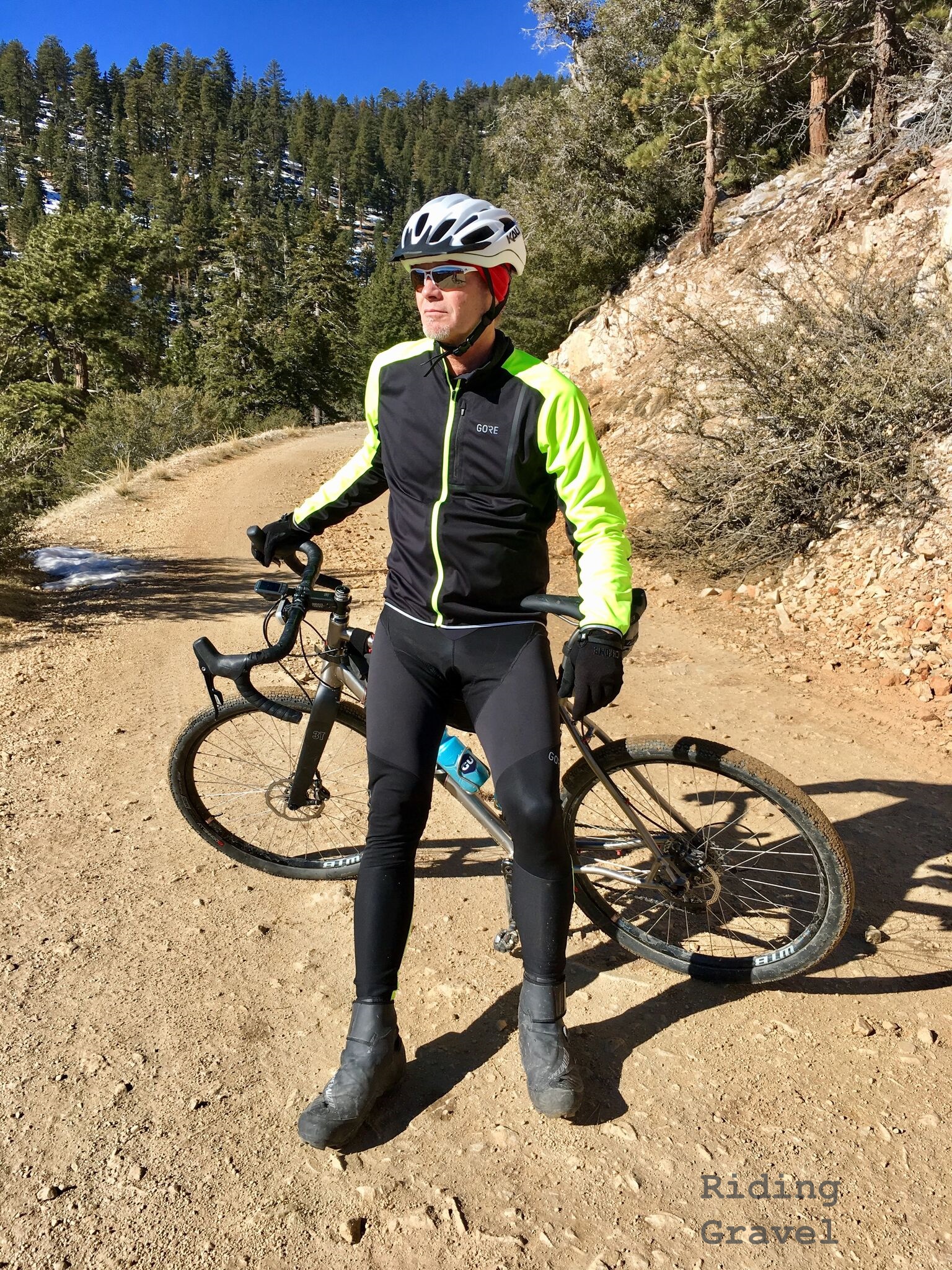
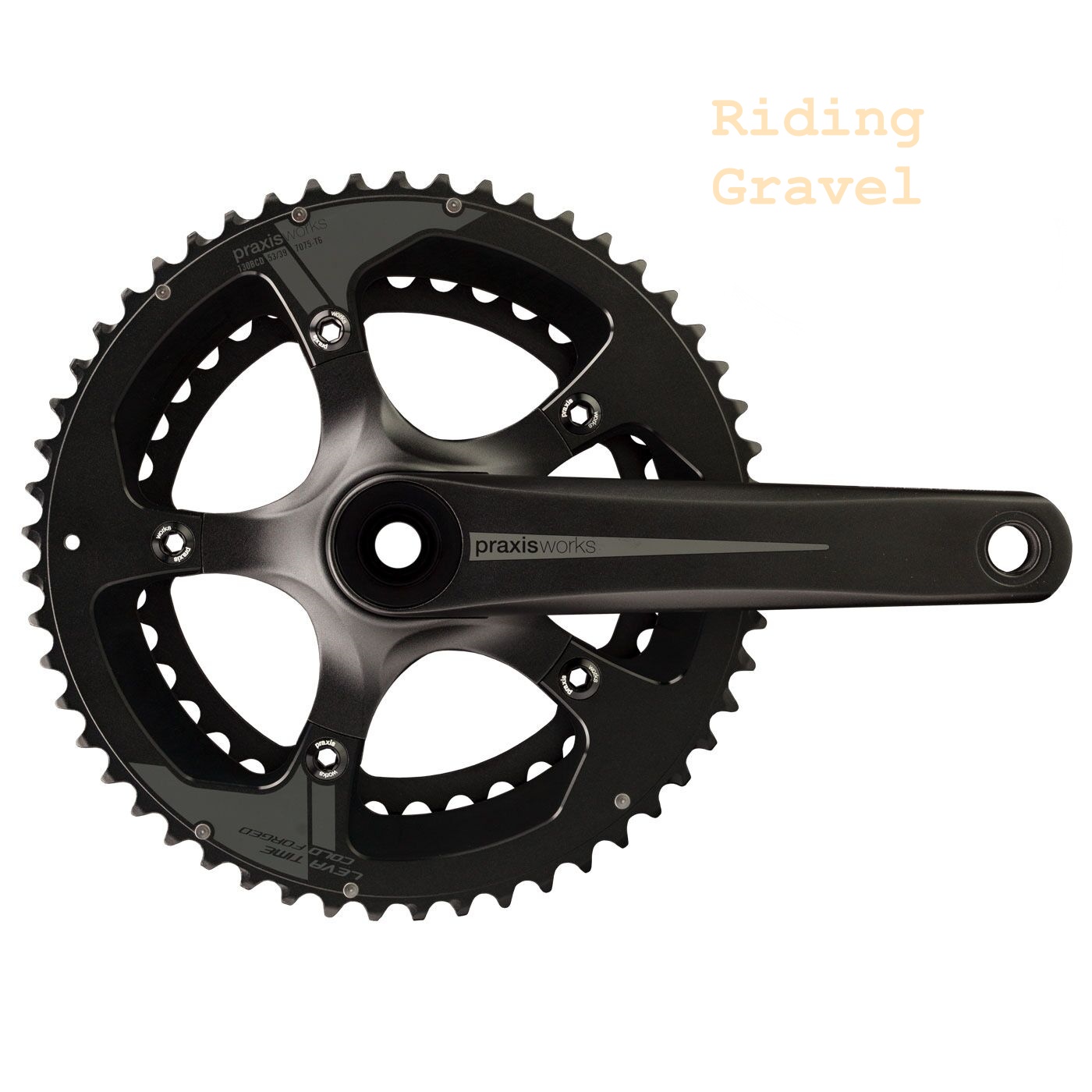
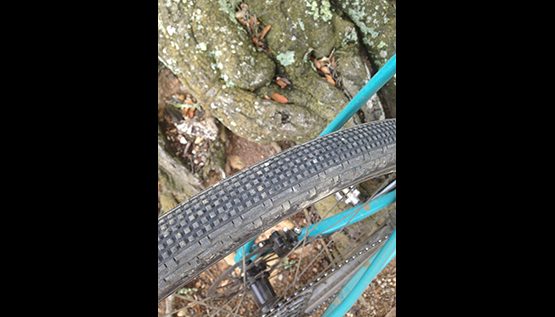
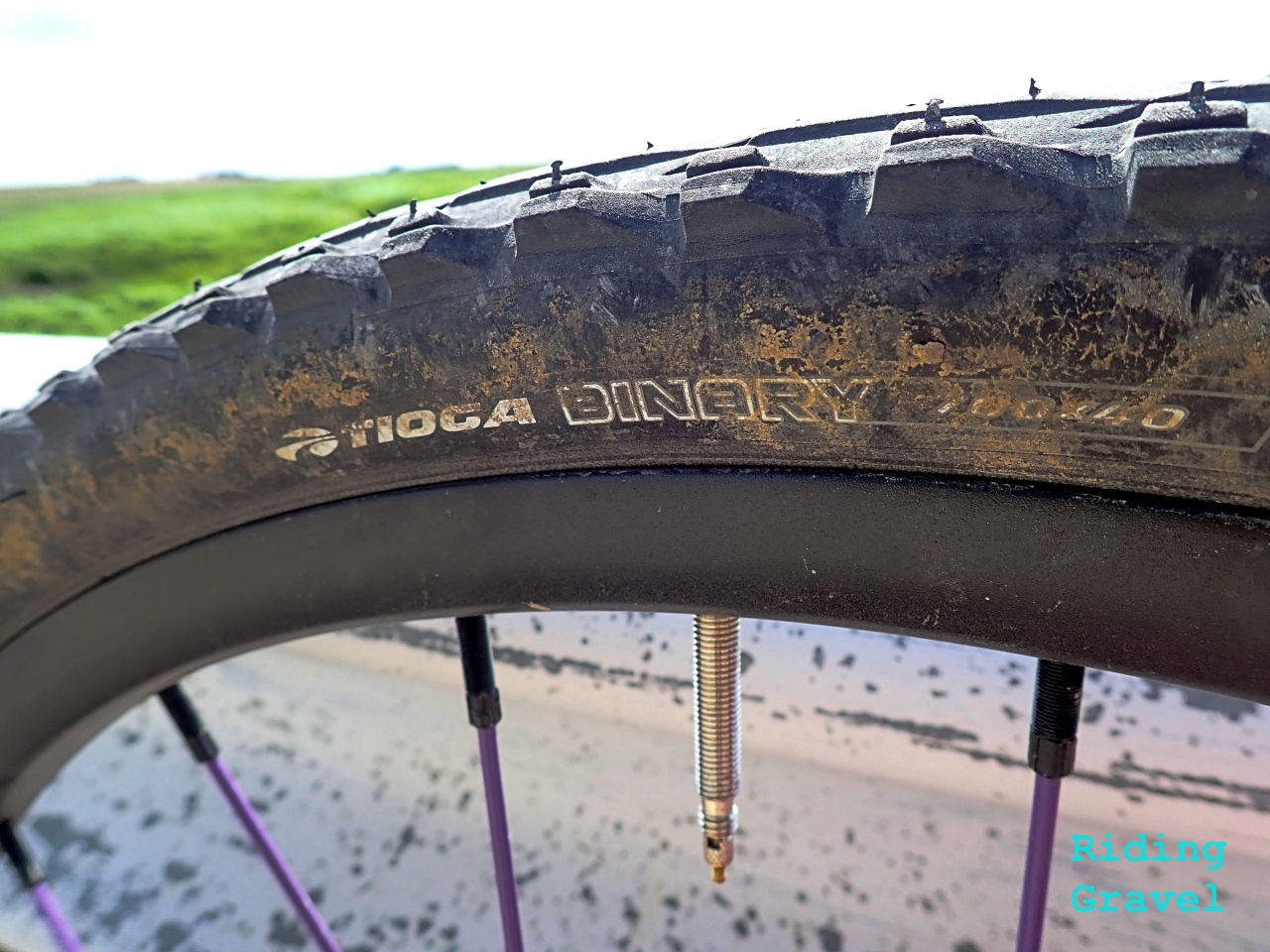
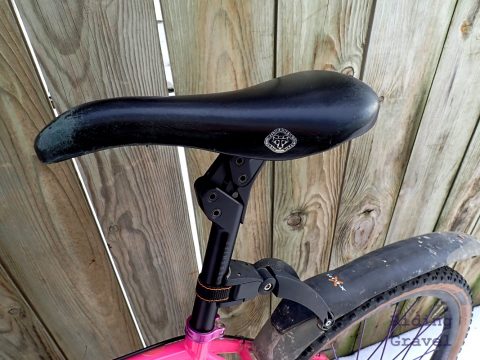

my Compass 700C x 38 Barlow Pass work nice in a similar manner if you need to stick with 700c
I hope to be building my bike up to run 650b wheels in the next few months. Currently running 38s but I have room for 27.5×2.1 tires which will be nice when the snow hits. I also think the convertible hubs will be the way to go for future-proofing.
I guess if I had a bike that could only fit a 40c tire, this would be the best option to achieve ‘better ride quality and more stability’….but really, this shift toward trying to squeeze fatter tires into so-called ‘gravel bikes’ just underscores to me that a 29er is a far more versatile choice for gravel riding than a ‘700c’ bike that dictates such skinny tire choices.
So here is a question that I think needs to be addressed. I get the whole 650B vs. 700 thing and think it makes a lot of sense when you are talking big variations in tire size..For example a 700c/23 vs.a 650/45 should yield about the same pedal clearance. More challenging is a case like mine. I have a new Renegade Elite, fabulous bike, that is stock with 700/36. I’d like to go as big as possible, likely to around 42 mm. So if I go to 700/42 I am getting pretty “tall” and would likely feel as though I am riding “on the bike” as opposed to “in the bike” like I would on a 650/42 setup. Challenge is that pedal clearance seems like it would definitely become an issue, especially since the very reason for a wider tire is to ride the Class 4 roads of new England..any thoughts appreciated.
@Paul- As always in regards to questions of this nature, we encourage you to use our forums where there are a lot more opinions to draw from than just mine. https://ridinggravel.com/forum
I have a Twin Six Standard Rando and I have run it with both 700c and 650B wheels. I see how pedal strikes can be an issue, with my 650B X 47mm tires, as I have experienced that on occasion. So, yes. I see how that could be a big problem for you. Unless you are willing to adjust your riding style, it might prove to be a negative in situations where the grounds you ride are very uneven or rutted to a great degree. We don’t get a lot of that here in the Mid-West unless the 4X4 guys have been on the Level B roads. 😉